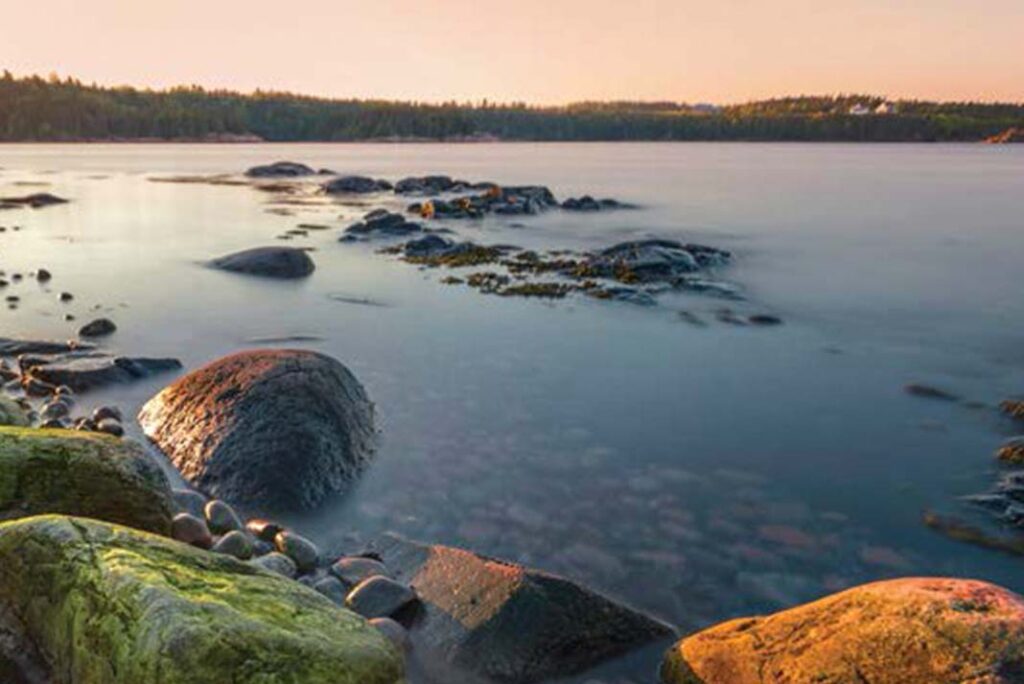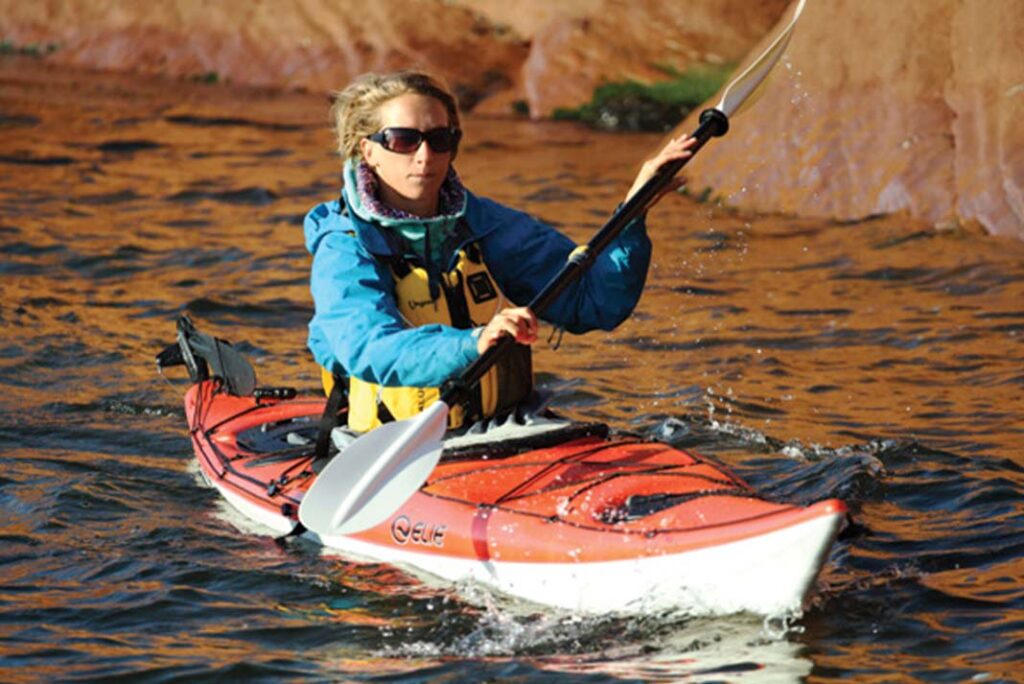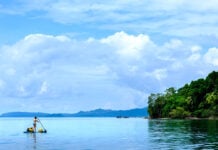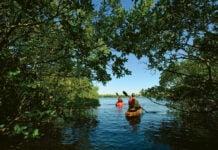Hailing from the north shore of the Gulf of St. Lawrence, Michael Callaghan is the founder of paddlesports school, Magtogoek Écotours. He’s kayaked on the West Coast from Baja to Alaska, but always returns to the quiet beauty of Québec.
With 1,200 kilometres of sparsely inhabited coastline, Quebec’s North Shore is a little-known kayaking paradise. Locals refer to these frigid waters—the yawning mouth of the mighty St. Lawrence River—as the ocean.
When I was young and foolish, I would venture out in jeans and rental kayak, as clueless about Gore-Tex as I was about the capricious weather and formidable currents. In the decades since, I’ve safely explored much of the North Shore’s cloudberry coast.
I’m constantly amazed by the region’s pure, unspoiled wilderness. On an average day, I can observe several species of whale, from beluga to blue. I’ve also learned about the Innu First Nation’s culture and enjoyed the boundless hospitality of the North Shore’s people. With a population of just 55,000 on a territory twice the size of England, visitors are always welcome.
Tadoussac, gateway to the region, is a three-hour drive east of Québec City. Beyond here, the road unwinds for another nine hours before stopping abruptly at a sign that reads, simply, “The end.” To explore further, you’ll need to take a ferry, plane or kayak.
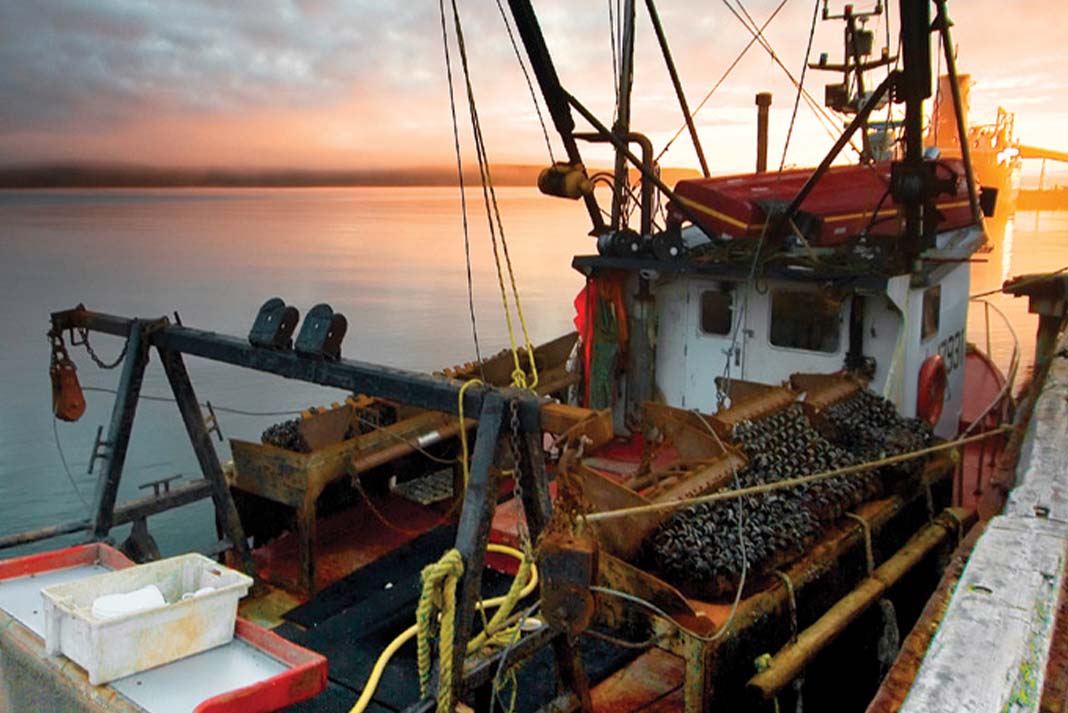
SUGGESTED TRIPS
If you have a day visit Tadous- sac and Les Bergeronnes, the whale-watching capital of Eastern Canada. Observe blue, fin, minke, humpback and beluga whales from your own kayak, or with a guided tour.
If you have a long weekend tour the spectacular Saguenay Fjord. From Ste-Rose- du-Nord, paddle and camp beneath towering cliffs and share the waters with beluga and seals.
If you have a week explore Mingan Archipelago National Park Preserve’s chain of an- cient rock islets. A crown jewel in the Canadian parks system, the Mingan Islands’ limestone sea stacks, puffins, gannets and Innu First Nation culture intertwine along 100 kilometers of coast.
If you have two weeks take the coastal ferry from Sept- Îles to Harrington Harbour. Continue northeast up the roadless coast to St-Augustine for 10-plus days of isolated, world-class paddling through hundreds of wild islands.
QUEBEC NORTH SHORE STATS
AVERAGE SUMMER HIGH: 15°C (July)
WILDLIFE: Peregrine falcon, wolf, black bear, lynx, moose, seal and whales.
EXPOSURE: Ever-present fog, rapidly changing weather, water temperature 2–4°C year-round. Exposed coastline with infrequent landing opportunities.
TIDES: Tidal exchange reaches 6.5 meters in Saguenay Fjord, 3.5 to 4 meters everywhere else; cold-water currents to six knots in Mingan Islands.
DIVERSION: Don’t miss the Marine Mammal Observation Centre (CIMM) in Tadoussac. The Innu Nikamu aboriginal music festival, held every August near Sept-Îles, is the largest in Canada.
OUTFITTERS: Mer et Monde Écotours—day, sunrise and evening tours in Tadoussac. Kayak Latins du Nord—guided kayak camping in Saguenay Fjord. Magtogoek Écotours—instruction, day trips and expeditions.
MUST-HAVE: Drysuit, satellite phone and an ability to “nowcast“ the weather.
This article was originally published in Adventure Kayak, Volume 16 • Issue 1.
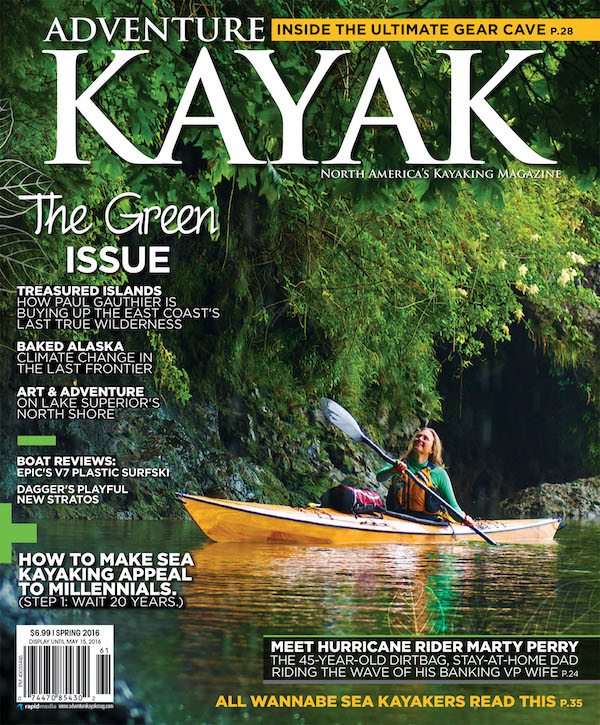
Subscribe to Paddling Magazine and get 25 years of digital magazine archives including our legacy titles: Rapid, Adventure Kayak and Canoeroots.



